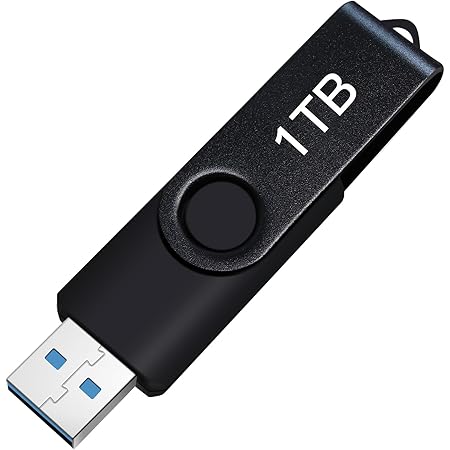Portable flash photography: It’s the secret weapon of many professional and enthusiast photographers, allowing for creative lighting control wherever the shot takes you. But getting consistently great results isn’t about just pointing and shooting. It requires understanding your equipment, mastering the techniques, and knowing how to harness the power of light to create compelling images. This article dives into the world of portable flash photography, showcasing stunning images from photographers who’ve mastered the art, along with tips and tricks to help you elevate your own work.
Mastering the Art of Off-Camera Flash: Photographer Spotlights
Let’s start with inspiration. We’ve gathered some truly breathtaking photographs that highlight the versatility and power of portable flash. These aren’t your typical studio shots; these images showcase the creative potential of flash in challenging and often unpredictable environments.

Image Caption: This captivating portrait, shot by [Photographer’s Name], uses a single off-camera flash to illuminate the subject beautifully while leaving the background subtly darkened, creating a captivating mood. Note the use of a modifier to soften the light and the careful positioning of the flash to sculpt the subject’s face.

Image Caption: [Photographer’s Name] masterfully uses bounce flash in this vibrant street scene. The light is soft and diffused, resulting in natural-looking illumination, despite the challenges of shooting in bright daylight. Observe how the flash complements the existing ambient light, rather than overpowering it.

Image Caption: This stunning landscape, captured by [Photographer’s Name], demonstrates the power of portable flash to add drama and highlight key elements. The strategically placed flash draws the viewer’s eye to the foreground while subtly illuminating the distant mountains, enhancing depth and perspective.
Essential Gear for Stunning Portable Flash Photos

The right gear is crucial. While you don’t need a mountain of equipment, investing in quality tools will significantly impact your results. Here’s what to consider:
- Speedlights/Flash Units: Choose speedlights with good power output, recycle times, and features like high-speed sync.
- Triggers: Wireless triggers are essential for off-camera flash, offering reliable communication between your flash and camera.
- Light Modifiers: Softboxes, umbrellas, and diffusers dramatically shape and soften your light, producing more flattering and professional results. Experiment with different modifiers to see how they affect your images.
- Stands and Mounts: Sturdy stands are crucial for supporting your flashes and ensuring consistent lighting.
- Batteries: Spare batteries are essential, especially during longer shoots.
Mastering Flash Photography Techniques: Tips and Tricks

Having the right gear is only half the battle. Mastering the techniques is where the magic happens. Here are some key tips:
- Understanding Exposure: Learn how to balance your flash exposure with ambient light for stunning results. Mastering your camera’s exposure compensation is key.
- Mastering Flash Power: Experiment with different flash power settings to achieve the desired level of illumination. Start with lower power settings and gradually increase as needed.
- Bounce Flash: Bounce your flash off ceilings and walls to create softer, more diffused light. This technique is fantastic for avoiding harsh shadows.
- Light Shaping: Experiment with different light modifiers to shape your light and create various effects. Softboxes create soft, diffused light, while umbrellas can produce a more dramatic effect.
- High-Speed Sync (HSS): Use HSS to freeze motion even in bright sunlight. This allows you to use faster shutter speeds with flash, avoiding motion blur.
- Practice and Experimentation: The more you practice, the better you’ll become at understanding how light interacts with your subject and environment. Don’t be afraid to experiment and see what works best for you.
Troubleshooting Common Portable Flash Issues

Even experienced photographers encounter challenges. Here are some common issues and how to address them:
- Inconsistent Flash Power: Check your batteries and ensure your flash is properly charged and set to the correct power.
- Communication Problems: Ensure your triggers are properly connected and within range. Try changing channels or batteries in your triggers.
- Harsh Shadows: Utilize bounce flash, light modifiers, or multiple flash units to soften shadows.
- Unwanted Light Spills: Experiment with different light modifiers, flag the flash, or position your flash more strategically.
Conclusion: Unleash Your Creative Potential

Portable flash photography opens up a world of creative possibilities. By understanding your equipment, mastering the techniques, and experimenting with different settings, you can create stunning images that truly capture your vision. Remember that the key is consistent practice and a willingness to learn from your experiences. So grab your gear, head out, and start experimenting! The world is your studio.